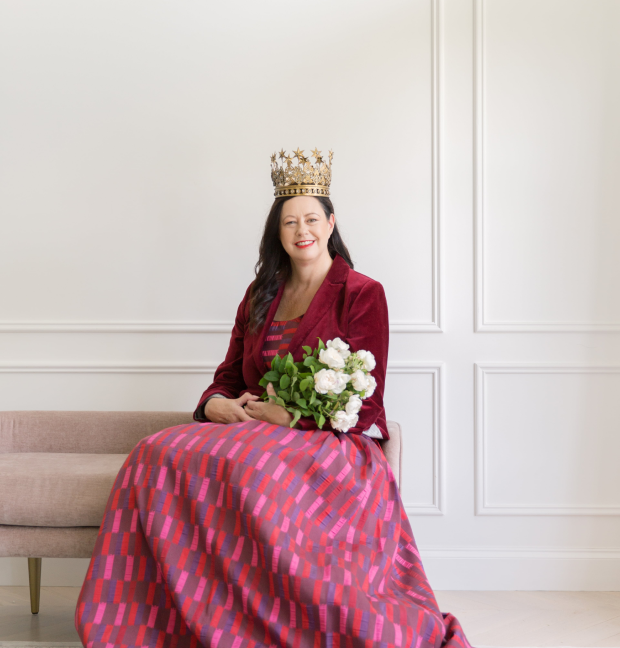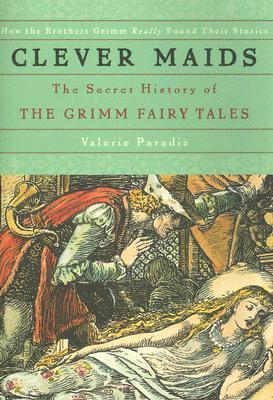
I’ve been asked to compile my list of the best books to read if you are interested in learning about the history, meaning and purpose of fairy tales. I’ve tried to pick books of general interest, and which I personally have found illuminating. There are many, many more, of course, and no doubt I’ll kick myself later for forgetting one of my favourites but, for better or worse, here’s my Favourite Seven Books on Fairy Tales.

The Uses of Enchantment: The Meaning & Importance of Fairy Tales by Bruno Bettelheim
First published in 1975, this is one of the most important early books on fairy tales. It is stuffed full of ideas but must be read with a caveat in mind. Bettelheim was a Freudian psychoanalyst which means that some of his interpretations seem very out-of-date nowadays. Also, he was drawing on limited scholarship because he was essentially the man who sparked the later intense academic interest in the subject. His reputation has also been tarnished by his suicide and the accusations of child abuse that followed. Nonetheless, he was a man of vision that helped rescue fairy tales from the dust balls under a child’s bed. He says that fairy tales teach us ‘that a struggle against severe difficulties in life is unavoidable … but that if one … steadfastly meets unexpected and often unjust hardships, one masters all obstacles and at the end emerges victorious.’
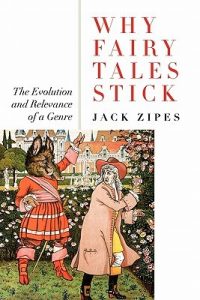
Why Fairy Tales Stick: The Evolution and Relevance of A Genre by Jack Zipes
All of Jack Zipes’s books are eloquent, insightful and cleverly argued, but this is my favourite because it is so accessible to people outside arcane academic circles. He has the ability to communicate clearly and yet with great depth of scholarship. And he is interested in the socio-historical background of the tales as well as what they may mean. He says: ‘As we know, tales do not only speak to us, they inhabit us and become relevant in our struggles to resolve conflicts that endanger our happiness.’
Other books by Zipes that I would thoroughly recommend are The Irresistible Fairy Tale: The Cultural and Social History of A Genre, which builds on Why Fairy Tales Stick; and Breaking the Magic Spell: Radical Theories of Folk and Fairy Tales.
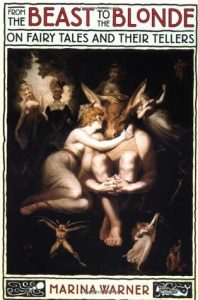
From the Beast to the Blonde: On Fairy Tales and Their Tellers by Marina Warner
I cannot tell you how much I love this book. I have read it so many times I know parts of it off by heart. It’s a massive work of scholarship that looks at the history and meaning of fairy tales with a strong feminist and revisionist slant. This is a must-read. She says: ‘The marvels and prodigies, the seven-league boots and enchanted mirrors, the talking animals, the heroes and heroines changed into frogs or bears or cats, the golden eggs and everflowing supplies of porridge, the stars on the brow of the good sister and the donkeytail sprouting on the brow of the bad – all the wonders that create the atmosphere of fairy tale disrupt the apprehensible world in order to open spaces for dreaming alternatives. The verb ‘to wonder communicates the receptive state of marvelling as well as the active desire to know, to inquire, and as such it defines very well at least two characteristics of the traditional fairy tale: pleasure in the fantastic, curiosity about the real. The dimension of wonder creates a huge theatre of possibility in the stories: anything can happen. This very boundlessness serves the moral purpose of the tales, which is precisely to teach where boundaries lie.’
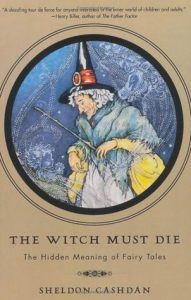
The Witch Must Die: The Hidden Meaning of Fairy Tales by Sheldon Cashdan
This book sets out to explore how fairy tales can help children deal with psychological conflicts by projecting their own internal struggles onto the characters in the stories. In this way, Cashdan is building on Bettelheim’s legacy. He divides the stories based upon vices such as vanity, gluttony, deceit, greed and lust, which is interesting but can sometimes be a little simplistic. Nonetheless, it’s a fascinating read. He says: ‘Beyond the chase scenes and lastminute rescues are serious dramas that reflect events taking place in the child’s inner world. Wheareas the initial attraction of a fairy tale may lie in its ability to enchant and entertain us, its lasting value lies in its power to help children deal with the internal conflicts they face in the course of growing up.’
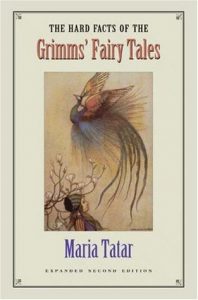
The Hard Facts of the Grimms’ Fairy Tales by Maria Tatar
Murder, mutilation, cannibalism, infanticide and incest: the darker side of the Grimm fairy tales are examined in this fascinating book. She looks at the countless wicked women in a chapter entitled ‘Stepmothers and Other Ogres’ and the beastly men in ‘Bluebeard and Other Monsters’ – it’s a racy, clever, and intriguing read. She says: fairy tales are up close and personal, mixing fact with fiction to tell us about our deepest anxieties and desires. They offer roadmaps pointing the way to romance and riches, power and privilege, and most importantly, a way out of the woods, back to the safety and security of home.’
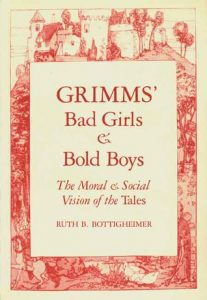
Grimms' Bad Girls and Bold Boys By Ruth B. Bottigheimer
First published in 1987, this is a fascinating and insightful look at the history of the Grimm brothers’ fairy tales, and some of the key motifs and story patterns that emerge. She also examines the various different editions and shows how the Grimm brothers had changed the stories over subsequent editions to better suit their devout, middle-class principles. She says: ‘People tell tales: peasants and artisans, lords and ladies, mothers and fathers, priests and preachers, girls and boys. The literate read aloud, the gifted recount. Over and over people tell tales whose contains seem the same but that nonetheless differs in profound ways.’
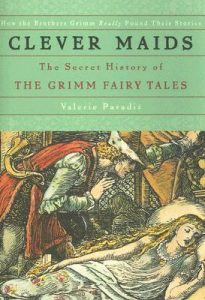
Clever Maids: The Secret History of the Grimm fairy Tales by Valeria Paradiz
It was this book that inspired me to write my novel ‘The Wild Girl’. It tells the story of the forgotten women who were the primary oral source of the stories the Grimm brothers collected. The book is wonderfully accessible and draws upon the tales themselves in a way which I think worked wonderfully. She says: ‘Few readers know that more than half of the 210 fairy tales included in the Grimm anthologies had a woman’s hand in them.’

